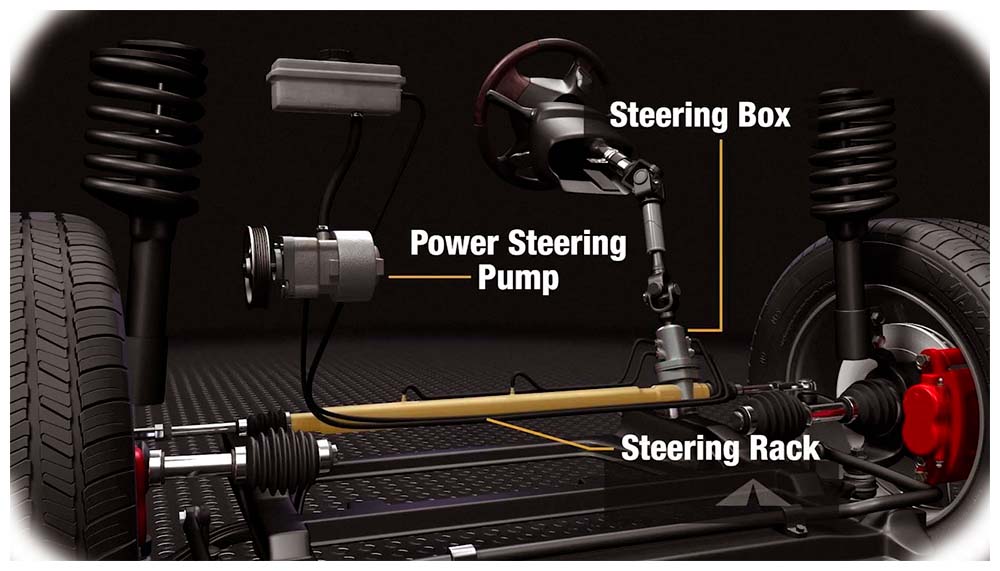If your car’s steering wheel is feeling heavy, there may be an issue with the power steering system in your vehicle. Power steering makes it easier to turn the wheel and can help you maneuver your car more easily, so it’s important to identify and address any problems with it quickly. In this article, we will discuss what power steering is and some of the common causes of issues related to it. We will also provide tips on how to diagnose the problem and what steps you can take to repair a car with no power steering.
What is Power Steering?

Problems that Could be Affecting Your Car’s Power Steering
Leaking Fluid: One of the most common causes of power steering problems is a leak in the power steering fluid. This could be due to a faulty seal, and it can result in decreased pressure, making it difficult to turn the wheel and maintain control over your vehicle.
Low Fluid Levels: Low fluid levels can also lead to power steering issues since without enough fluid, there is not enough pressure for proper operation of the system. It is important to ensure that you are regularly checking your car’s power steering fluid levels and topping off as needed.
Faulty Components: Another possible cause of power steering problems is a faulty component, such as the pump, rack and pinion, or hoses in the system wearing out or failing due to age or damage from road debris.
How to Diagnose the Problem with Your Car’s Power Steering
In order to diagnose an issue with your car’s power steering system, you will want to first inspect all components related to it for any signs of wear or damage and check for any leaks in the system. You should also check the levels of power steering fluid, as well as the tension in the system’s linkages. If you are unable to find any problems with these components, you may need to take your car to a professional mechanic for further diagnosis and repairs.
Ways to Repair Your Car’s Power Steering Issue
Replacing Fluid and Filters: One of the simplest ways to repair a car with no power steering is by replacing the power steering fluid and filters, if necessary. This is an easy fix that can be done at home or at a professional automotive shop if needed.
Replacing or Adjusting Components: In some cases, it may be necessary to replace or adjust certain components of the power steering system in order to resolve an issue with it, such as replacing a faulty pump or adjusting a belt tensioner or linkages in order for them to operate properly again. This will require professional assistance from an experienced mechanic who can make sure all components are installed correctly and operating properly before putting your car back on the road again.
Conclusion
Power steering is an essential component of any vehicle, so it’s important that you pay attention to any issues with it to ensure that it is operating properly. If you notice that your steering wheel is feeling heavy or you can hear any unusual noises coming from the power steering system, it’s best to take your car to a professional mechanic for further diagnosis and repairs as soon as possible. By following these guidelines, you can help make sure your car has the proper power steering system in place so that you can drive safely and securely.


Add Comment